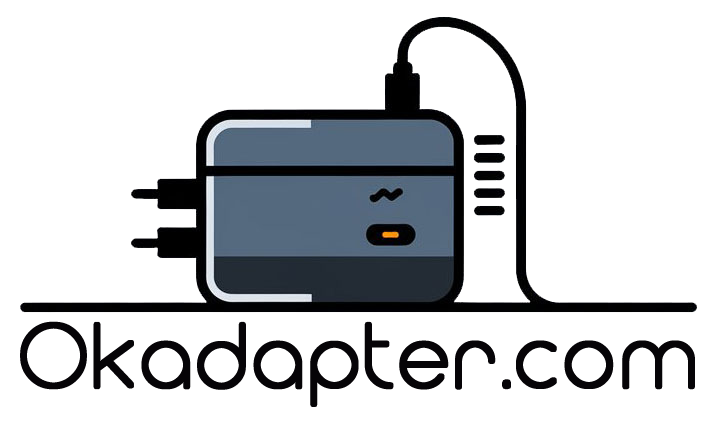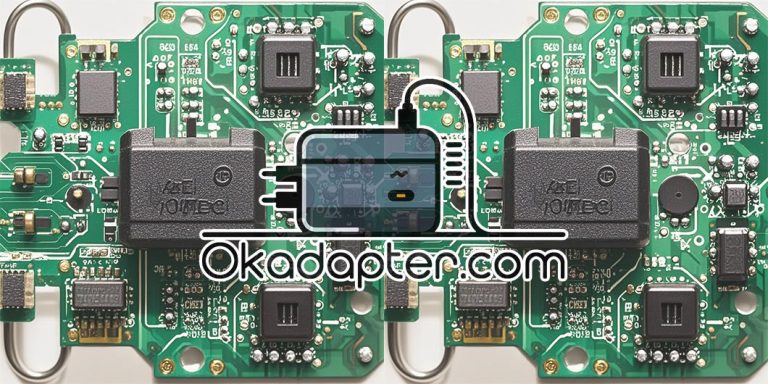4.How much do you know about the classification and model of power adapters?
Hello everyone and welcome back to our series on power adapter insights. I’m Lia, and in our previous video, we delved into how power adapters function and their technical specifications. Today, we’re going to guide you through the different categories and models of power adapters to assist you in selecting the perfect adapter for your device.
Table of Contents
Categories and Models of Power Adapters
Power adapters can be categorized in various ways, but the most common method is based on power output, such as 5W, 19W, 65W, etc. This typically dictates which devices the adapter can supply with power. For instance, a 65W adapter is suitable for most laptops, while a 5W adapter might be more appropriate for a wireless router or smartphone.
Interface Types
Another classification criterion is the type of interface, including USB-A, USB-C, or a specialized D-mount. With technological advancements, the USB-C interface is gaining popularity due to its high-speed data transfer capabilities and its ability to support bidirectional charging.
Application Fields
The application field is also a crucial basis for categorization. Adapters intended for industrial use may require enhanced durability and resistance to environmental conditions. Those used in medical devices must adhere to specific safety and hygiene standards.
Model Number Indication
The model number of an adapter often contains vital information about its specifications. For example, an adapter with the model number ADP-120SB might indicate that it provides both 12V and 2A outputs. Decoding these model numbers can help you quickly determine if an adapter is compatible with your device.
Compatibility Considerations
When selecting an adapter, compatibility is also a key factor. Some adapters support a range of voltage and current settings to accommodate different countries and devices. A universal adapter, for example, can handle an input voltage of 100-240V, making it versatile for use across various countries and regions.
Upcoming Video
In our next video, we’ll be exploring the design and manufacturing process of power adapters, offering an in-depth look at how these compact devices are crafted.
Stay Tuned
Don’t forget to subscribe to our channel and watch our next video as we venture further into the world of power adapter manufacturing. We’ll reveal the complexities behind these fundamental components of our everyday tech lives.
Thank you for joining us on this journey through the world of power adapters. Stay connected for more informative content, and let’s continue to learn and explore together.








